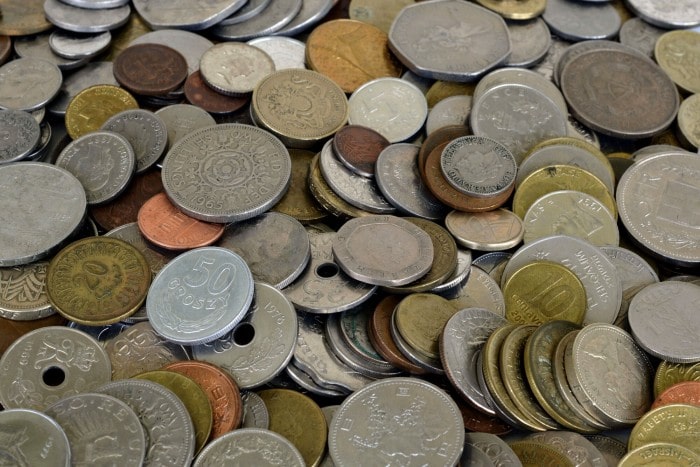
In 2016, the world’s most valuable coin was valued at over $10 million. This silver dollar, named the Flowing Hair Silver Dollar, was struck in 1794.
People collect coins for all kinds of reasons—perhaps their high appraisals are one of them! Other reasons include sentimental ones, historical ones, or as memorabilia.
Are you thinking about getting into coin collecting? Maybe you came upon an expensive coin or a family heirloom that has you considering this exciting new hobby.
If you’re new to collecting coins, keep reading for some insight!
Understand What to Look for in Coins
That depends on what your point of the coin collection is.
Are you collecting valuable coins to trade, sell, or pass down to others? Are you interested in collecting challenge coins to represent moments in time or accomplishments?
Once you have a better understanding of your mission, the rest will follow.
For rare coins, look for unusual inscriptions, dates and mint marks, odd edges, and other noticeable visuals. For challenge coins, look for manufacturers with experience making coins for firefighters, Army or Navy members, and other service people.
Know How to Store Your Collection
Storing coins correctly is key to a long-lasting collection.
First, know the dangers: humidity, acids, chlorine, cold weather, and even air pollution. Keep your coins in a dry space and away from liquids and other toxic chemicals.
Similarly, handle your coins delicately and, if possible, with a layer between your skin and the coin, such as a glove. Believe it or not, even the acids and oils from your fingers can damage the surface of the coin.
Store your coins in a folder or designated coin holder. The bonus to this method is you can organize your collection by date, type, mint mark, etc. Store your binder in a room with neutral temperatures.
Learn the Lingo of Coin Collecting
The more you can learn about a coin, the better your experience collecting will be.
The basic lingo includes knowing a coin’s anatomy—allowing you to discuss it, research it, and know it front to back, side to side.
The front, or “head,” of the coin is called its obverse. Its backside, commonly called “tails,” is its reverse.
On the front of a modern coin, you’ll see things like a legend, its field, a design and/or motto, denomination, and maybe even the designer’s initials! On the back, you’ll notice similar features, including the field with a design, a legend, and a date. The back often has a rim, too (separate from its edge).
Some coins, depending, how more or less features.
Penny for Your Thoughts?
Coin collecting can be adventurous and exciting.
There’s nothing like getting your hands on a rare, vintage find—or making yourself a new one to celebrate an accomplishment. When you know what to look for, how to care for anything you find, and how to speak to your fellow collectors, you’ll be good to go.
Our site has a slew of other fun articles like this one. Take a look at what we have to offer, and come back often!
